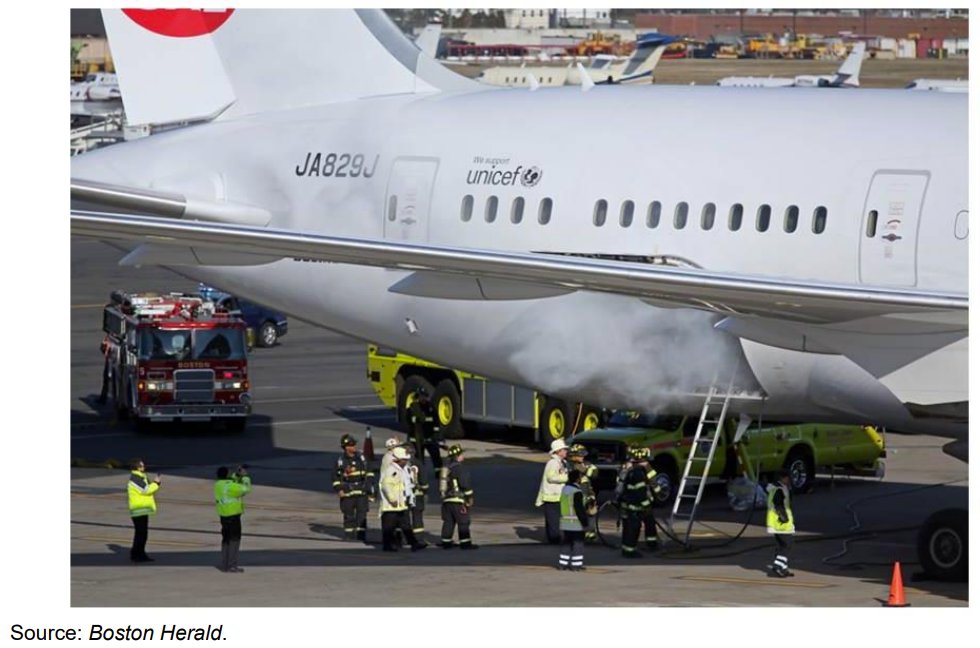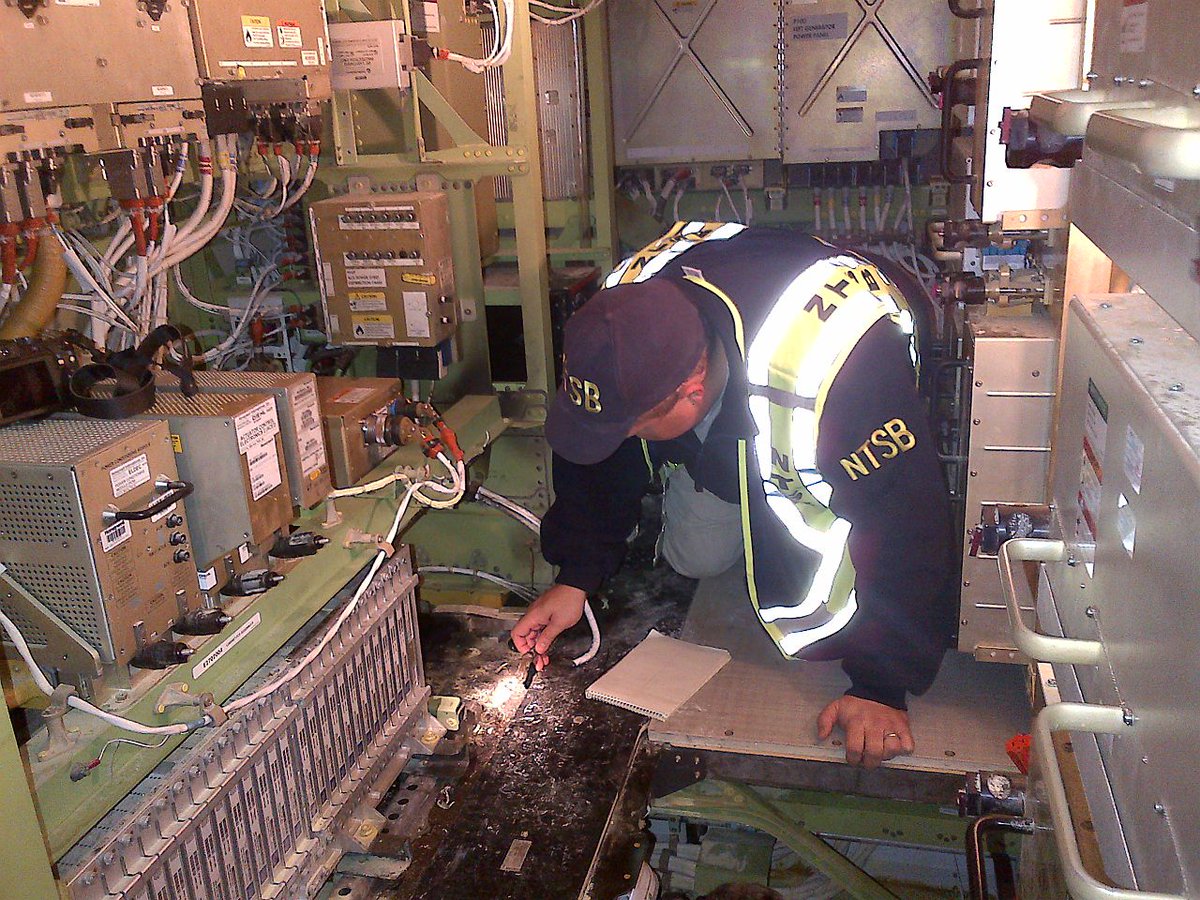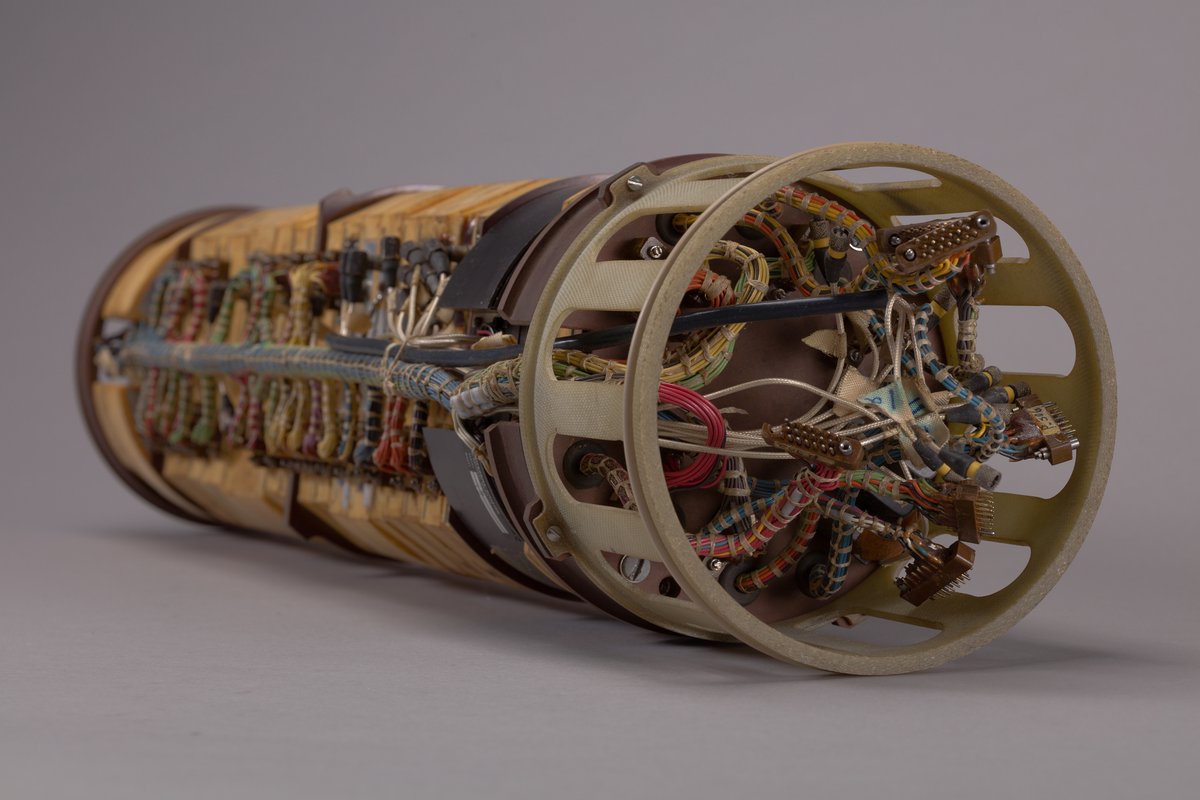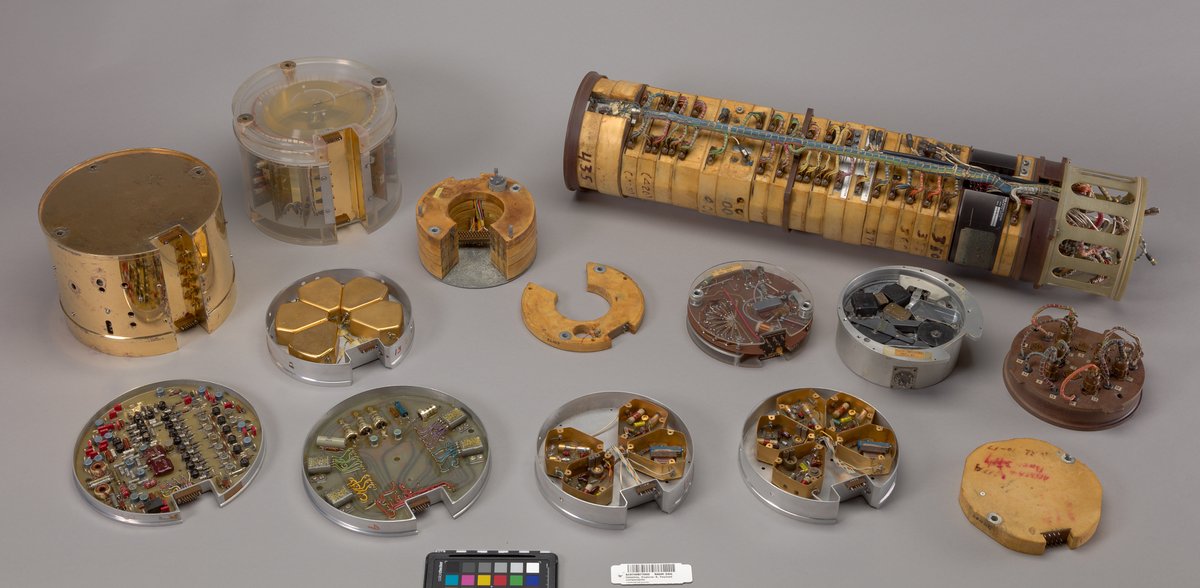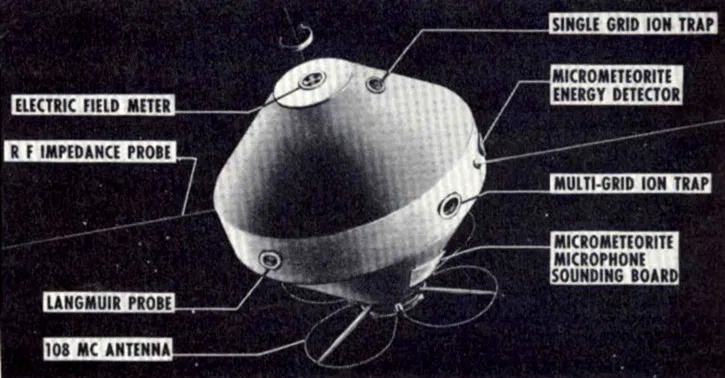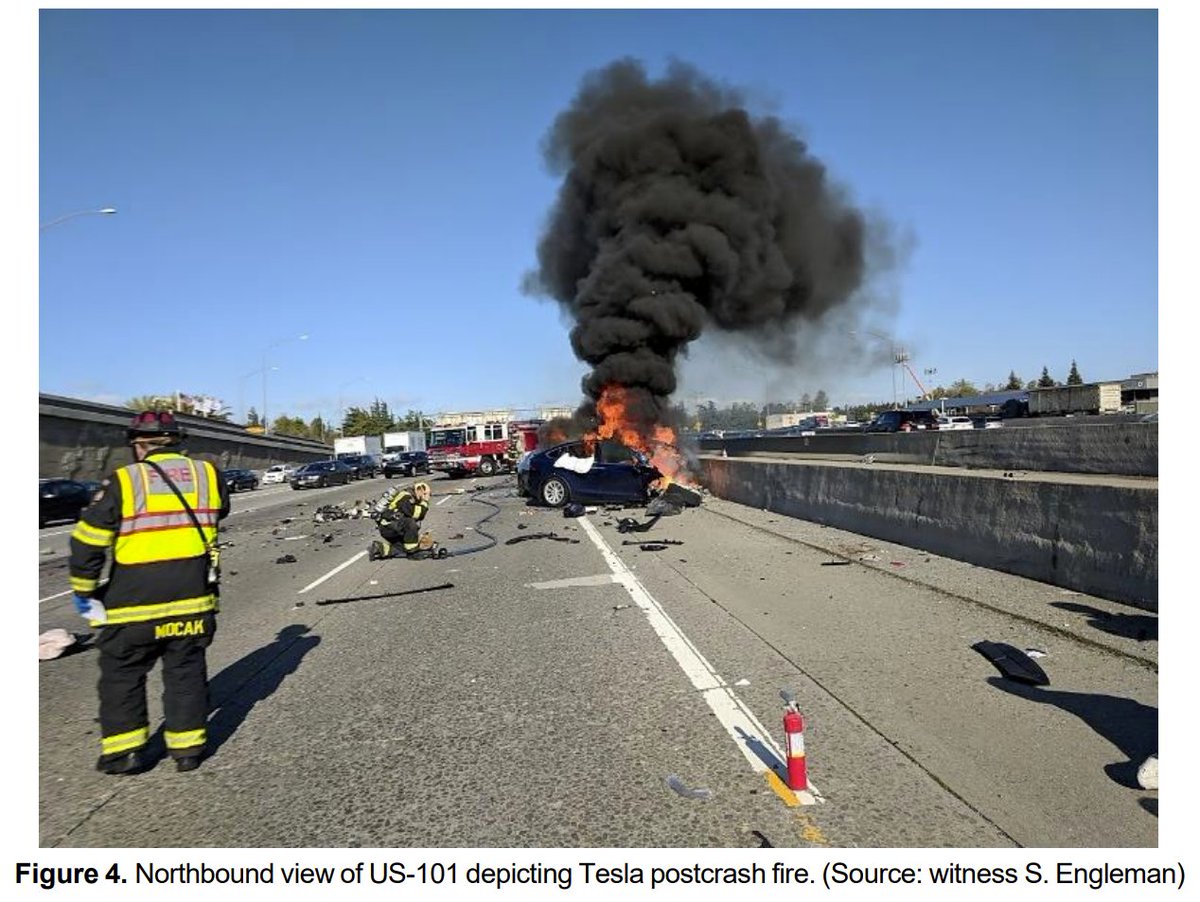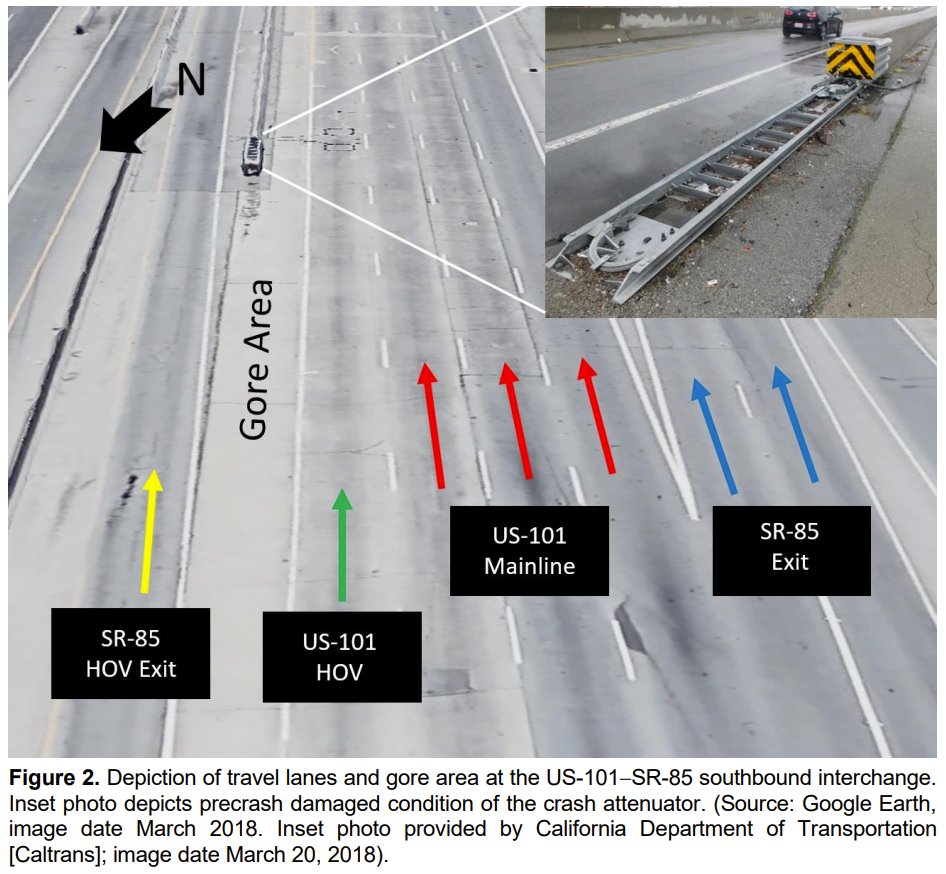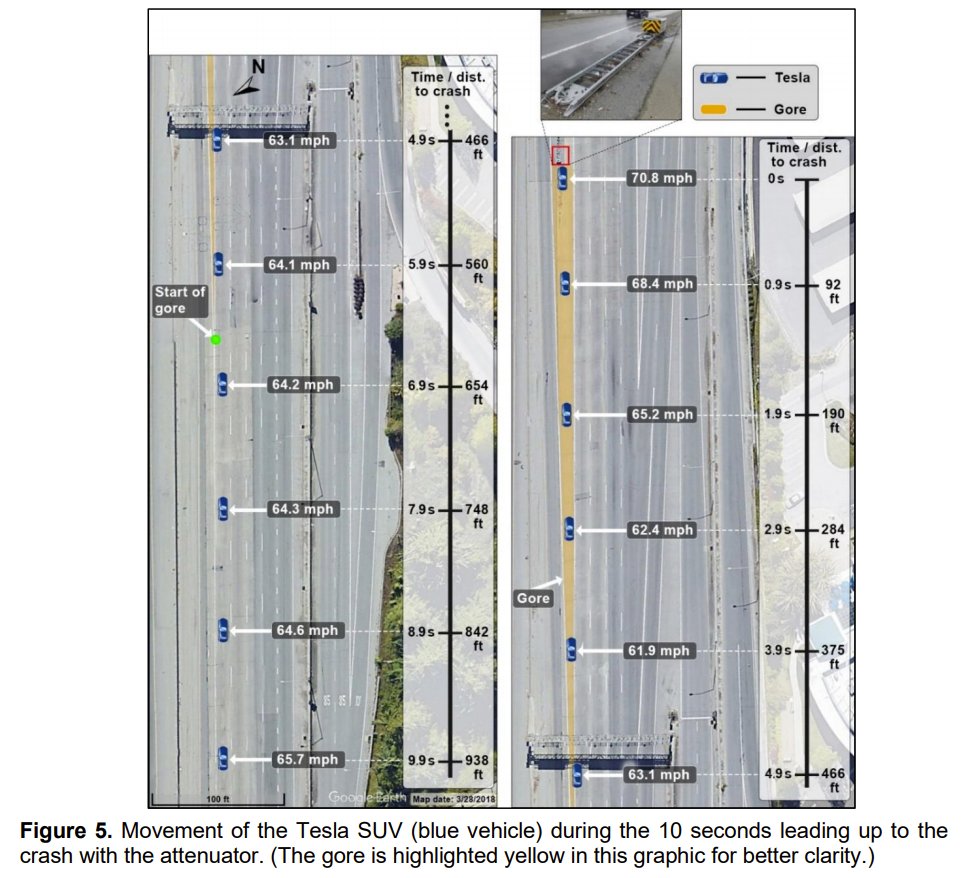
here's a UNIX computer that stores data on a cassette. well, technically, this is a special D/CAS cassette, but the form factor is nearly identical to a standard audio tape!
https://twitter.com/ao_kenji/status/1149865279951785985
i have a few of the cassettes. you can store 160MB on one. they're not quite identical to an audio tape... 

first, the D/CAS tape has a notch at the top. i think the drive uses this to reject standard audio cassettes. 

the second difference is that the write protect tab is a plastic slider. this way you can turn it on and off, instead of write protecting it once by snapping the tab off. 

the color of the tape inside is different. clearly the D/CAS tape uses a different formulation of the recording layer 

the D/CAS tape has no little spring loaded felt pad behind the tape in the center opening. I'm not sure how they work around that in D/CAS drives since the felt pad pushes the tape up against the head. 

but I can't hear anything when I press play, probably because this is a blank tape and the lack of a spring pad means the head isn't contacting the tape
i found a manual for one of the common drives. manualslib.com/manual/913300/…
so it looks like it tracks the tape using an encoder, probably to compensate for stretching. there's also no pinch roller, which is interesting. 

there's a mechanism inside which detects the notch, which is asymmetrical so you can't put the tape in the wrong way around. (audio tapes won't work in here either) 

ahh interesting, the tape speed is controlled using a servo loop with the encoder wheel. that explains how they can compensate for the tape stretching over time. 

the speed of the tape is between 90 and 30 ips (inches per second). a standard audio cassette is 1 7/8 ips, so the D/CAS drive runs much, much faster! 

and instead of using a pinch roller, the feed side reel motor (the one that spools off the tape) is lagged behind the take-up reel in order to keep a constant tape tension. pretty clever!
looks like it has 2 tracks per side, so it's similar to a standard stereo audio cassette. in this case the D/CAS drive can "change sides" by moving the head with a solenoid. 

here's another fun looking computer with a tape deck built in:
https://twitter.com/TubeTimeUS/status/1276674836836651008
• • •
Missing some Tweet in this thread? You can try to
force a refresh







